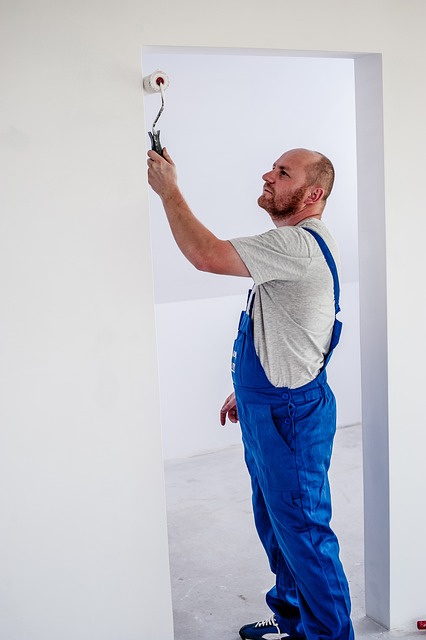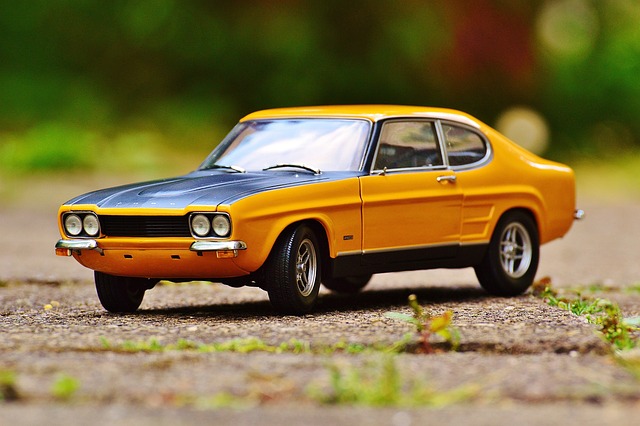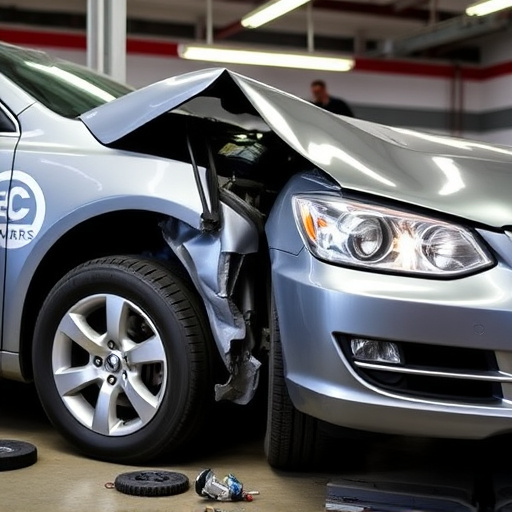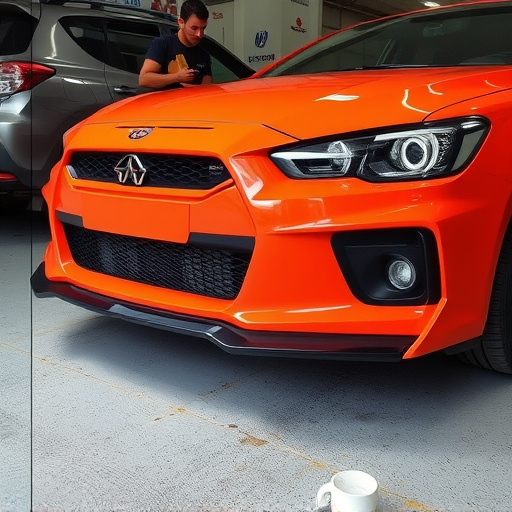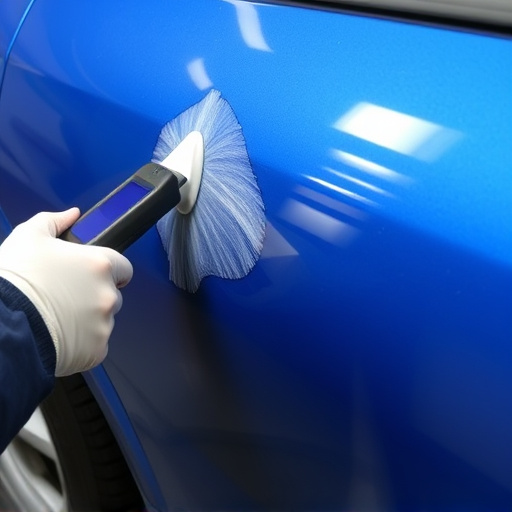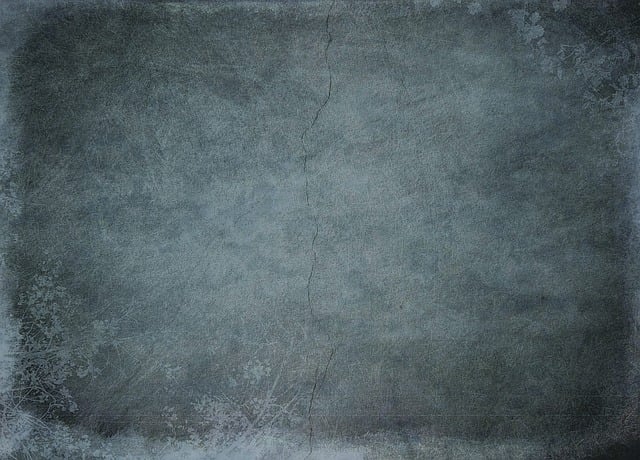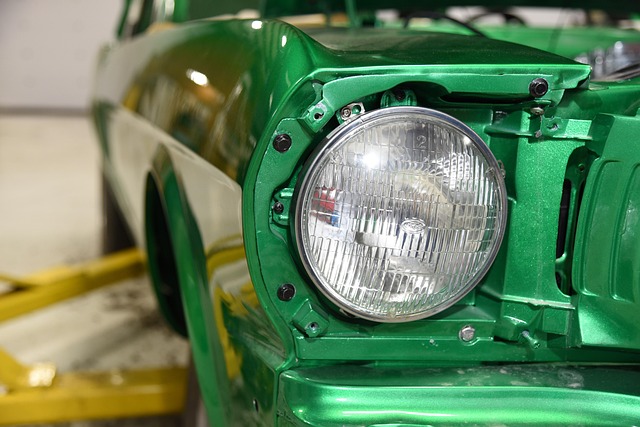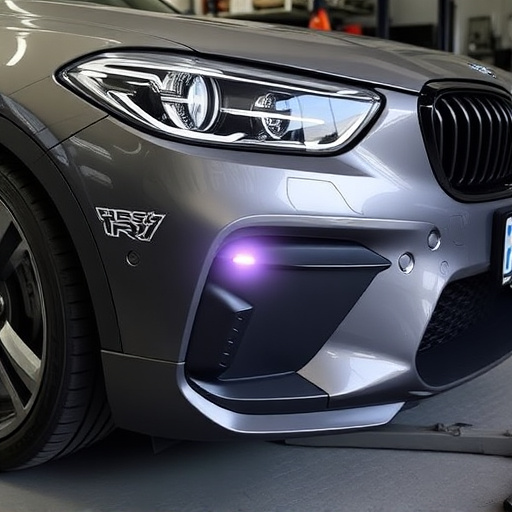Dull paint often results from environmental factors like sunlight, moisture, and temperature extremes, as well as poor initial application. Paint finish restoration is needed for vehicles, considering environmental stressors to ensure long-lasting protection and aesthetics. Restoration involves thorough cleaning, sandpaper smoothing, and meticulous attention to detail for optimal adhesion and a glossy finish.
Are you tired of seeing your walls looking lackluster? Discover the common causes behind dull paint that requires finish restoration. In this article, we’ll explore the factors that can make your paint lose its shine, from environmental influences to material choices. Learn practical tips for effective paint finish restoration and bring new life to your spaces. Elevate your home’s aesthetics with these insights into achieving a vibrant, lasting paint job.
- Understanding Dull Paint: Common Culprits
- Environmental Factors and Their Impact
- Tips for Effective Paint Finish Restoration
Understanding Dull Paint: Common Culprits
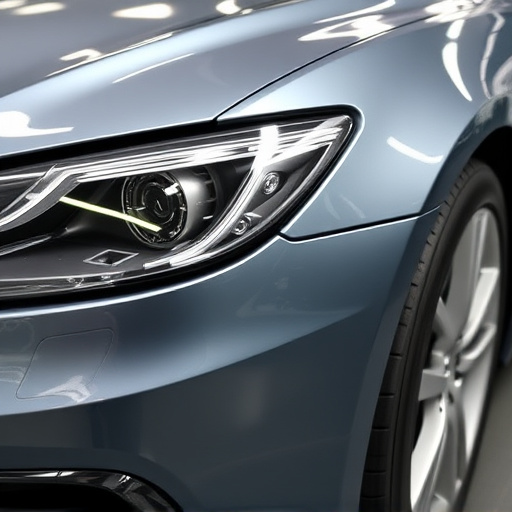
Dull paint, requiring finish restoration, is often a result of various factors that can be broken down into several common culprits. One of the primary reasons is environmental exposure, where paints break down under the constant impact of sunlight, moisture, and extreme temperatures. This deterioration leads to chipping, fading, and loss of gloss, making the paint appear dull and in need of restoration.
Another significant contributor is poor initial application. Techniques like improper surface preparation, incorrect paint selection for the substrate, or subpar painting skills can result in an uneven finish that lacks depth and sheen. Over time, even with careful maintenance, these flaws can become more pronounced, necessitating a thorough paint finish restoration using professional car body repair services from a reputable vehicle body shop to achieve a flawless, glossy finish on cars and other vehicles.
Environmental Factors and Their Impact
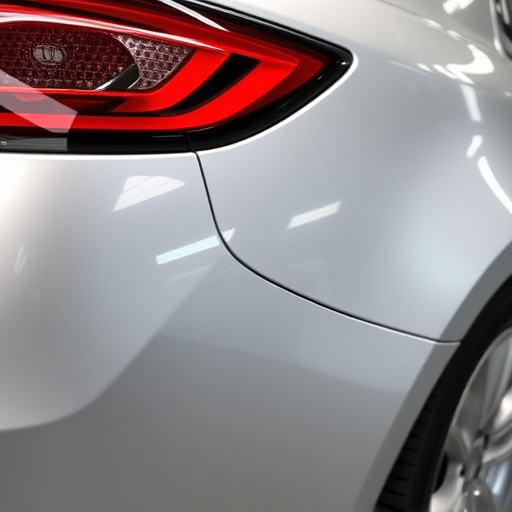
The elements play a significant role in determining the longevity of paint finish restoration on any surface, be it a home exterior or vehicle bodywork. Environmental factors such as extreme temperatures, excessive humidity, and direct sunlight can all contribute to the deterioration of paint. Heat causes the paint to expand, while cold contracts it, leading to cracks over time. High moisture levels encourage the growth of mildew and mold, eating away at the paint’s protective layer. Moreover, UV rays from the sun break down the chemical bonds in paint, making it brittle and more susceptible to damage, similar to how car dent repair might be necessary after prolonged exposure.
These environmental challenges are especially pronounced in regions with distinct seasons, where paint finishes must endure a continuous cycle of heating and cooling. Even urban environments with high pollution levels can accelerate the aging process, as particulate matter and pollutants can corrode the surface of paint, requiring prompt car scratch repair to maintain aesthetics and protection.
Tips for Effective Paint Finish Restoration
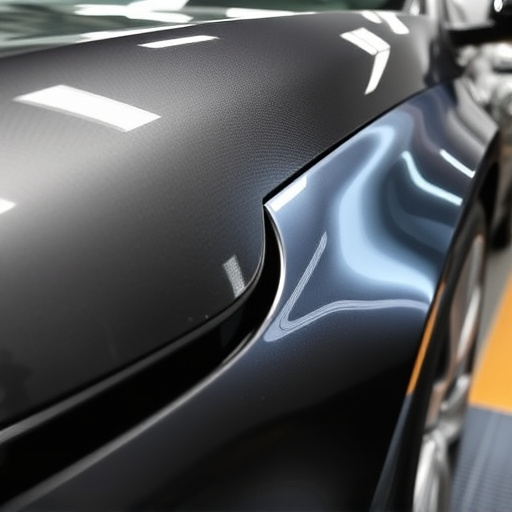
When it comes to restoring a dull paint finish, there are several effective tips to ensure optimal results. Firstly, preparation is key. Before beginning any restoration work, thoroughly clean the surface to remove any dirt, grease, or residue that might hinder the new coat of paint from adhering properly. Use a mild detergent and a soft cloth for this process.
For more severe cases where the paint has chipped or been damaged, consider taking the car to a collision repair center. They have the tools and expertise for precise dent removal, which can significantly enhance the overall look of the vehicle’s finish. After cleaning and repairing any damages, use a fine-grit sandpaper to gently buff the surface, creating a smooth base for new paint. This step is crucial for achieving a long-lasting, glossy finish that protects the car from future damage.
Dull paint requiring finish restoration is often a result of various factors, from environmental conditions to poor initial application. By understanding the common causes, such as UV exposure, moisture issues, and incorrect painting techniques, you can take proactive measures to prevent or address these problems. Restoring your paint finish not only enhances the aesthetic appeal but also ensures longevity, making it an essential practice for any DIY enthusiast or professional painter. Implement the tips provided for effective restoration, and you’ll achieve a vibrant, durable finish that stands the test of time.
